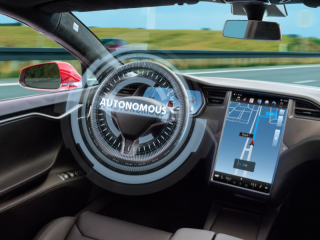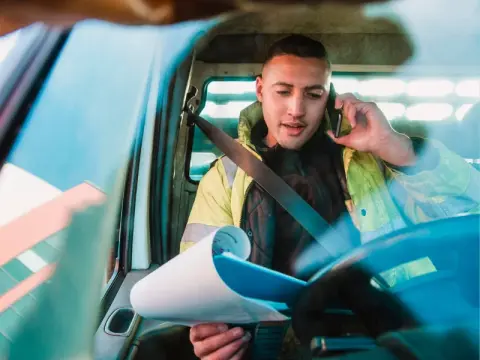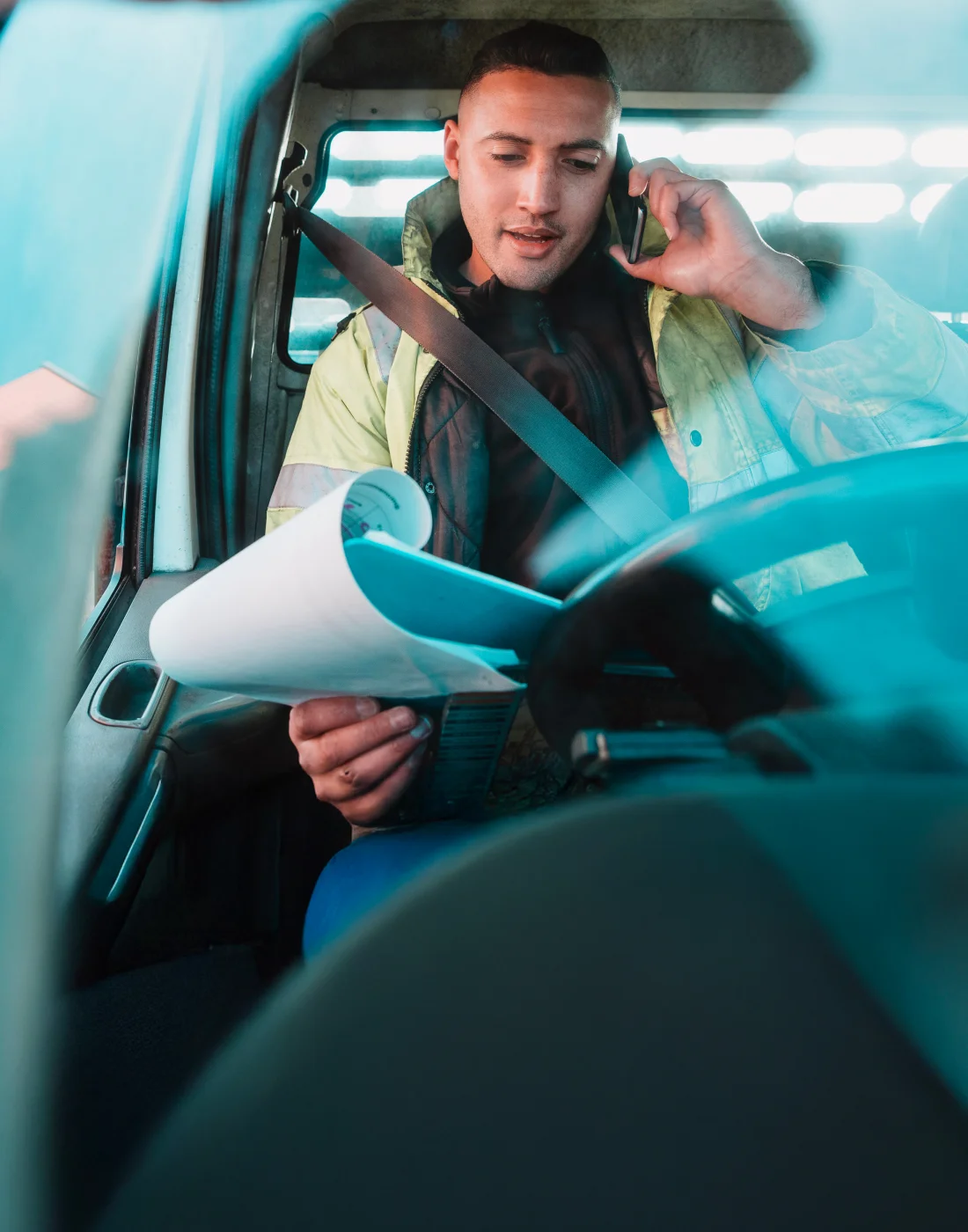
Self-driving cars have been presented as the future of the automotive industry, but do they have a place in mainstream society?
Whilst advances are continuously being made towards the increase and reliability of self-driving cars, there is still hesitation by the public to accept this technology. In a recent survey by AAA, it was found that just 14% of drivers would trust riding in a self-driving car.
However, we can expect that self-driving cars will become more popular when the technology is developed even further, and these vehicles are proven to be reliable.
In April 2021, the Department of Transport declared that some forms of automatic vehicles would become legal within Britain. While this remains to be seen, it can be helpful to know the varying levels in autonomous vehicles to understand what to expect when self-driving cars appear on the market.
Currently, automation is broken down into six categories, with each group representing an increased degree of autonomy.
Level 0 – This represents vehicles with no automation; most vehicles today remain at level 0
Level 1 – Driver assistance – This includes a partial involvement from the car, but the driver remains in control of almost all systems. An example of level 1 would be adaptive cruise control.
Level 2 – Partial Automation – With partial automation, the car can steer, accelerate, and brake. However, the tactical assessments, such as identifying traffic signals or upcoming hazards, are still left to the driver.
Level 3 – Conditional Automation – While the driver must be available to take over the car at any moment, the vehicle can, for the most part, navigate safely and reliably, watching for hazards and prompting the driver to take over when it encounters obstacles it can’t handle.
Level 4 – High Automation – The car can operate without human assistance but is still limited to the environment it can travel in. Unfamiliar ground may cause complications and still require driver input.
Level 5 – Full Automation – The car can drive just as well as any human, if not better. Theoretically, with full automation, there would be no need for a steering wheel.
Although there are different categories for autonomous vehicles, it was not until the 2021 Olympics that Toyota was able to reveal a level 4 vehicle to shuttle people around the Olympic village, showing that progress still needs to be made.
Self-driving advances in the UK
The Smart Mobility Living Lab in London and Midlands Future Mobility have both conducted a range of self-driving vehicle tests in the UK recently. These tests were carried out in a combination of controlled environments and fully connected public roads.
In the past four years, the Centre of Connected and Autonomous Vehicles, or CCAV, has funded roughly 80 projects, including feasibility studies, simulations, and on-road trials for connected and autonomous vehicles (CAV).
David Webb, the Head of Innovations at the CCAV, said of the testing process,
“We continue to test and deliver successful trials on some of Europe’s most complex roads, giving thousands of people experience and insight into autonomous technology and the services it could bring.”
He went on to describe how public input has shaped the trials, ensuring the autonomous vehicles are accessible and inclusive of all. These trials also researched whether CAVs are actually wanted on British roads.
Self-driving fleets
Cars and Olympic shuttles aside, autonomous vehicles offer significant opportunities for self-driving fleets. With 2020 data showing that there are 485,000 HGVs and 4,220,000 LGVs in the UK, the potential for change is enormous. Automated driving promises to bring improvements to fuel efficiency and time taken to deliver goods because the vehicles would have little to no reason to stop for breaks.
Across the world, strides are already being made towards driverless fleets. In the UK driverless lorries are being tested on 5G networks and delivery firm FedEx has begun testing self-driving trucks on US highways and they claim that they won’t need safety drivers by 2023.
In Sweden, electric, driverless lorries known as T-Pods are currently making daily commercial deliveries on industrial estates. They are predicted to cut around 60% in operating costs when compared to a driver-operated diesel truck.
The acceleration of self-driving technology is being delayed by changes to legislation. Government guidelines are needed to highlight safe and regulated use of driverless fleets, offering drivers, fleet operators and the public a sense of clarity on the rules and encourage further steps to be taken.
Advantages of self-driving fleets
Improvements to fuel efficiency
One considerable benefit of self-driving fleets is the improved fuel efficiency of AI management. With artificial intelligence eradicating any human inefficiency in braking and acceleration, fleet operators could expect to see savings in fuel costs over a long period.
Similarly, if the need for drivers is removed, the space once used to house a driver could be either removed or redesigned for additional goods space. Either way, fuel efficiencies can be made with a decrease in vehicle weight or an increase in goods carried.
Lower costs
While it’s safe to assume that self-driving trucks will be an expensive option when they first come onto the market, they will ultimately result in a cheaper fleet. With human drivers needing regular and sufficient levels of rest to remain alert and laws in place to ensure this, longer journeys with time-sensitive cargo can require two drivers to arrive in time.
With self-driving fleets, the complication of resting and staying alert wouldn’t have to be factored into delivery times, meaning journeys would take less time and staffing costs would also be reduced.
Saving money in the meantime
While the technology surrounding autonomous vehicles is still being tweaked and tested, you can still save money on your fleet, regardless of whether you operate with cars or lorries. One easy money-saving habit can be introducing fuel cards that offer consistently lower prices when at the pumps.
To provide more flexibility for our customers, we have introduced an EV alternative; BP Fuel and Charge and Shell Fuel and EV. You can easily apply for our EV charge cards online. Not only that, but with our online management system, you’ll be able to keep track of how your fuel cards are used, giving you the potential to understand how your budget is used and save expenditure.




